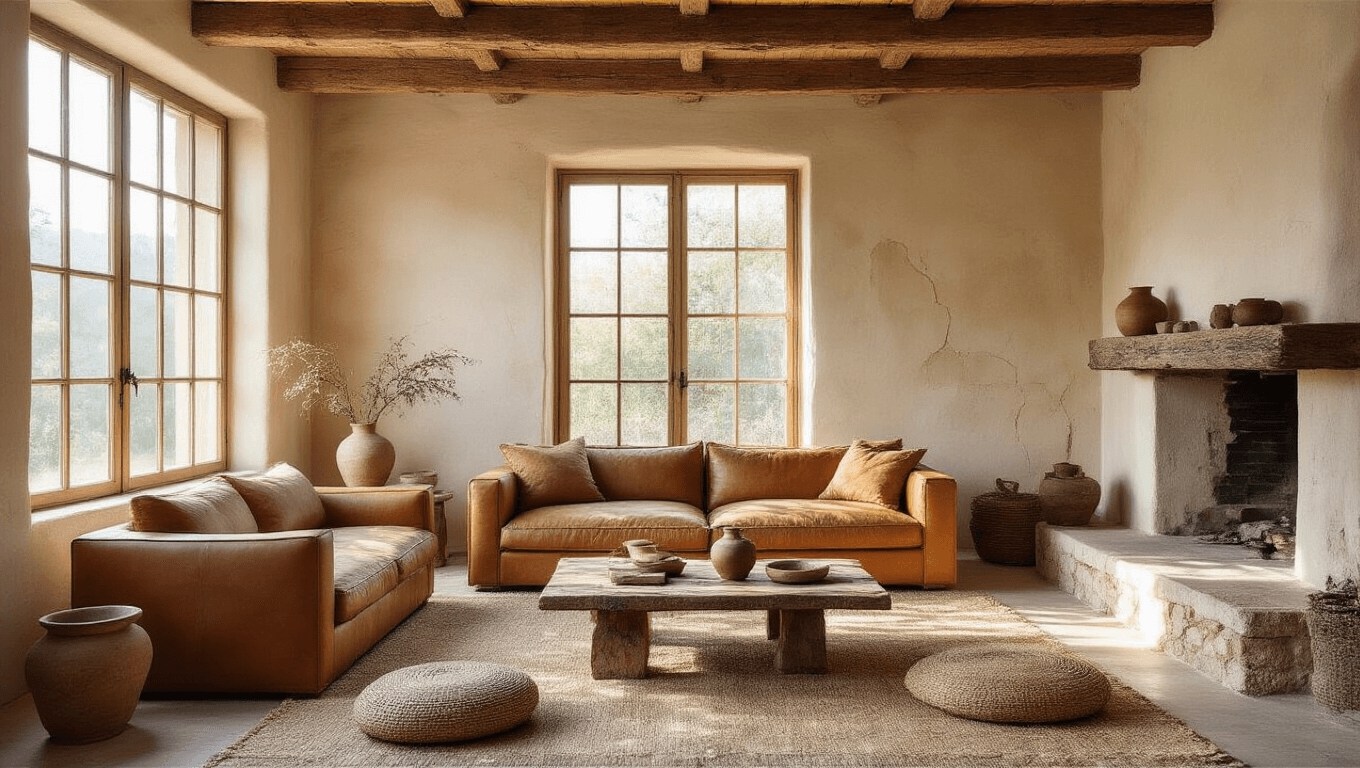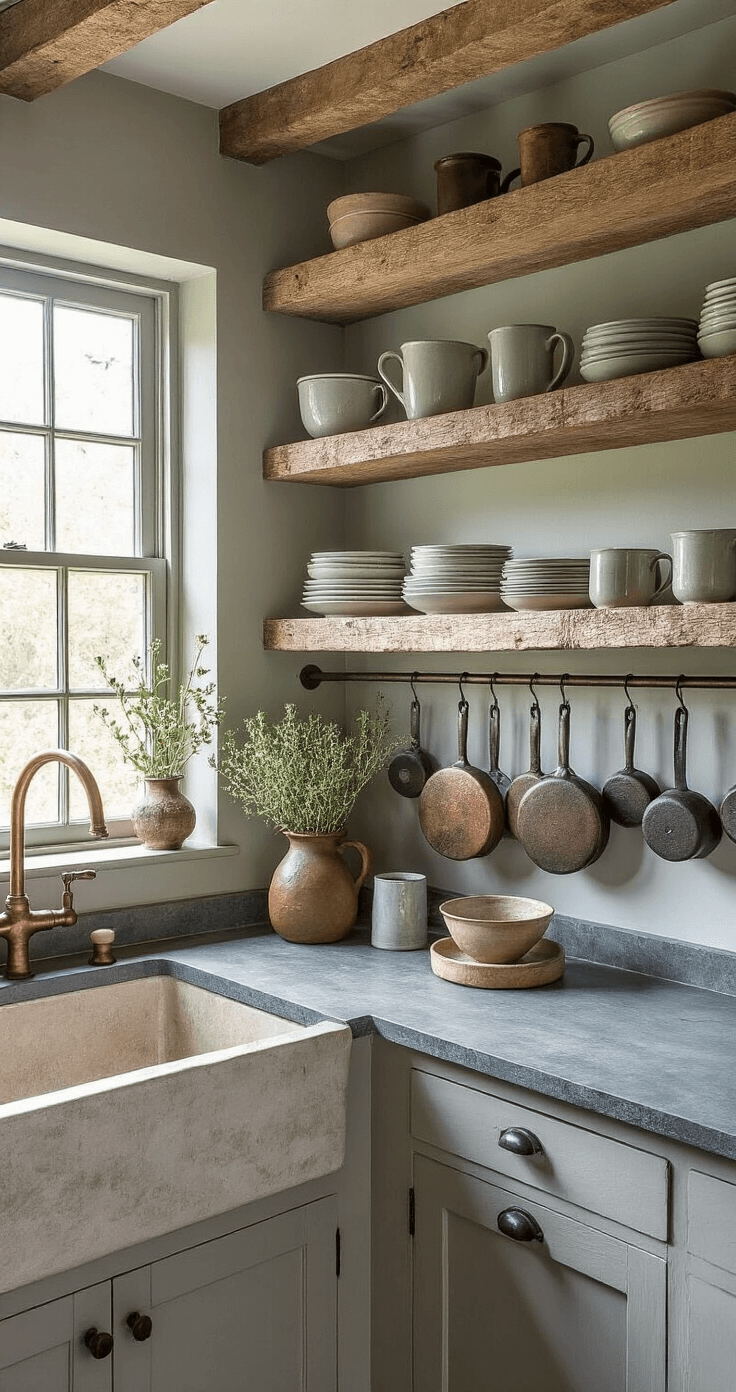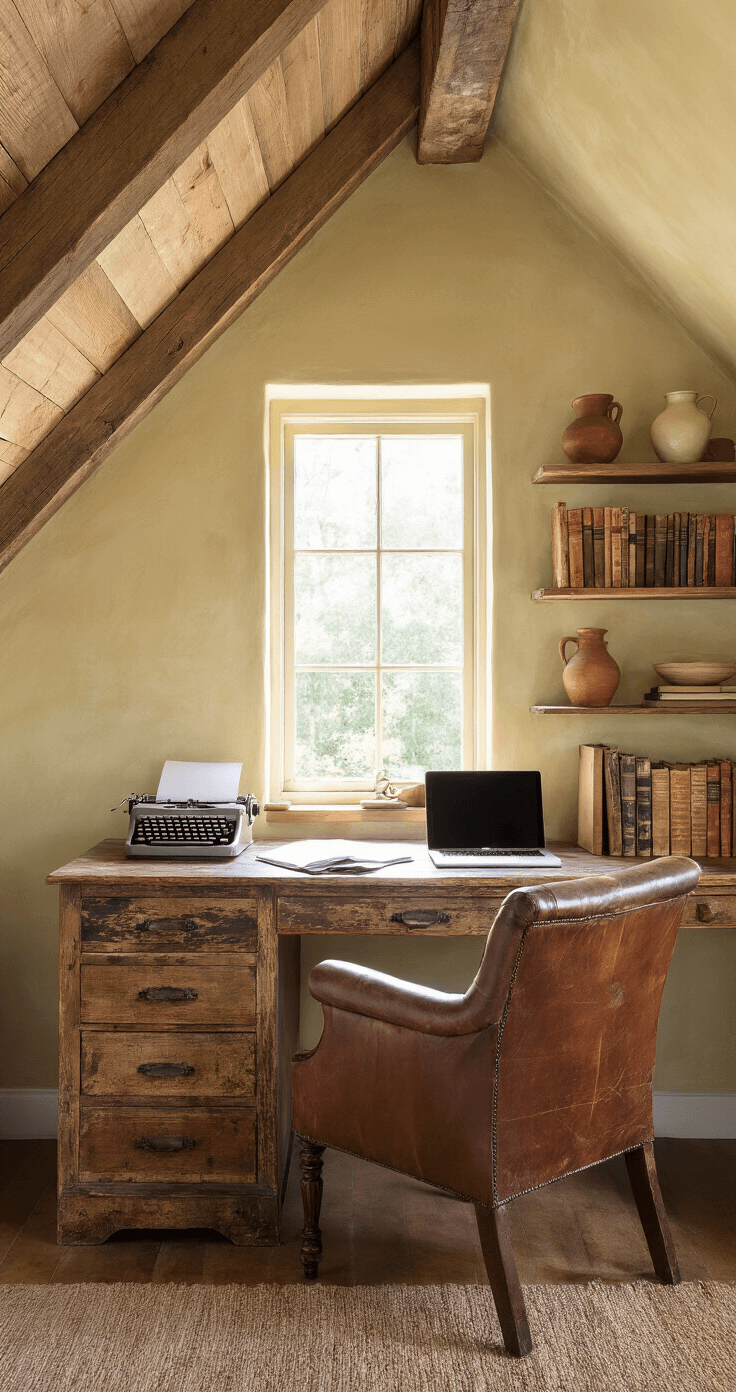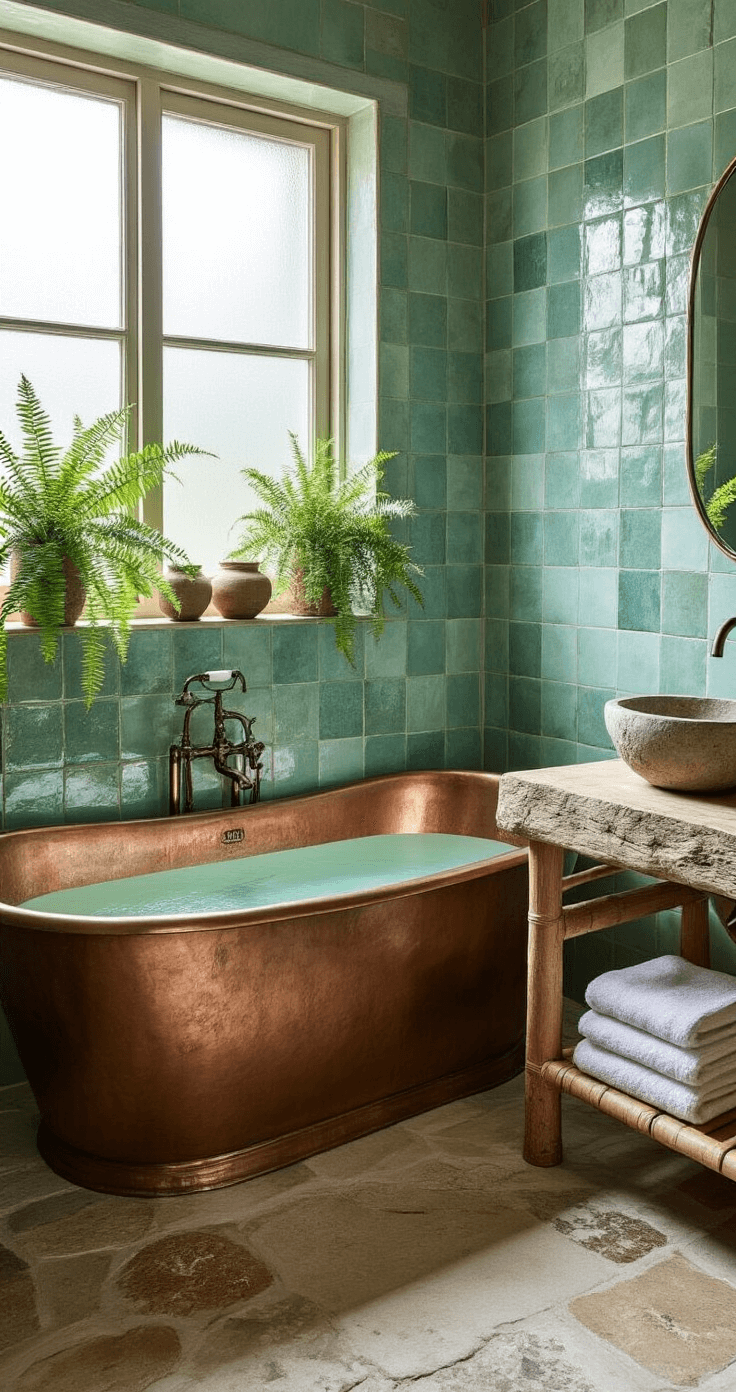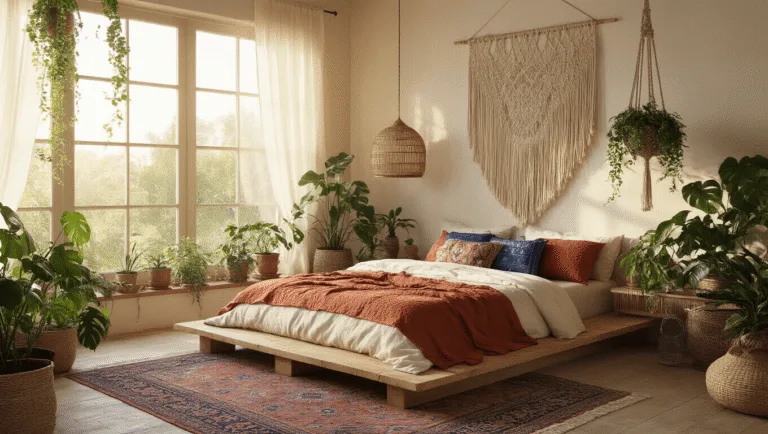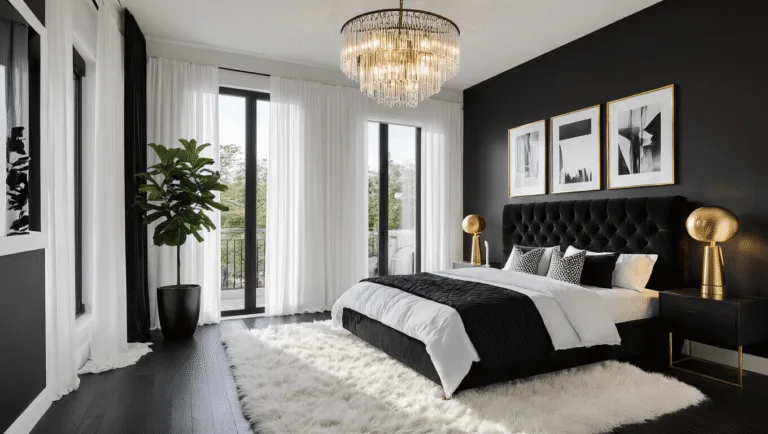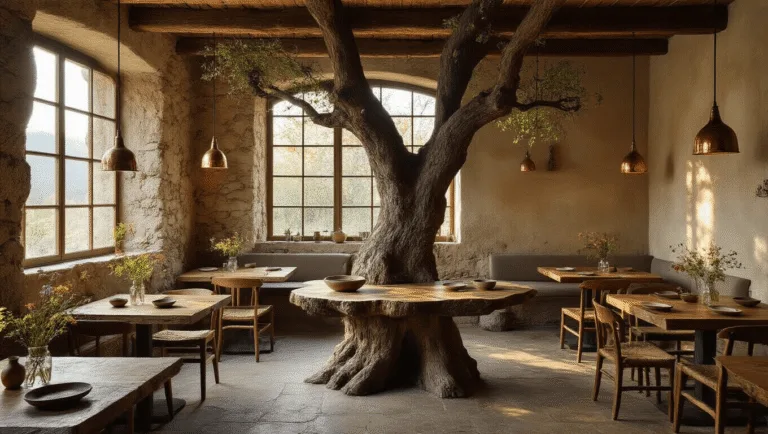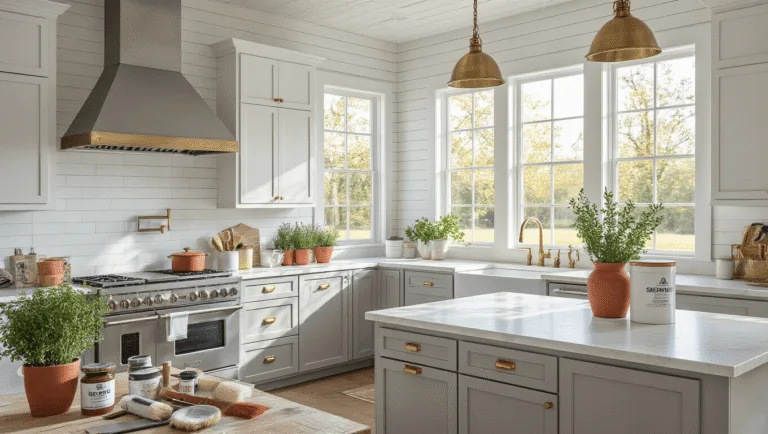This post may contain affiliate links. Please see my disclosure policy for details.
Wabi-Sabi Architecture: Harmony in Imperfection
Ever looked at your home and thought, “Man, this place needs a serious makeover”? Well, hold onto your paintbrush, because I’m about to introduce you to a design philosophy that’ll make you see those imperfections in a whole new light.
Welcome to the world of Wabi-Sabi architecture, where perfection is overrated and flaws are fabulous!
Now, I know what you’re thinking. “Wabi-what?” Don’t worry, I had the same reaction. But trust me, this Japanese concept is about to revolutionize the way you look at your living space.
So, what’s the deal with Wabi-Sabi?
Imagine a design style that gives the middle finger to flawlessness and embraces the beauty of wear and tear. That’s Wabi-Sabi in a nutshell. It’s all about finding harmony in imperfection, impermanence, and simplicity.
Think of it as the rebel cousin of Western design. While we’re busy chasing after sleek, polished interiors, Wabi-Sabi is kicking back with a cup of green tea, admiring the cracks in the walls.
Acceptance of Imperfection: The Heart of Wabi-Sabi
- Asymmetry is your new best friend
- Irregularity? Bring it on!
- Natural wear and tear? That’s not damage, that’s character!
Wabi-Sabi looks at that weathered wood beam or tarnished metal fixture and says, “You’re perfect just the way you are.” It’s like a spa day for your house’s self-esteem!
Simplicity with Soul: Minimalism’s Cooler Sibling
Forget about those stark, clinical minimalist spaces. Wabi-Sabi minimalism is like that effortlessly cool person who looks amazing in a plain white tee.
- Less stuff, more story
- Unpolished surfaces that feel lived-in and loved
- A space that whispers, “Come in, kick off your shoes, and relax”
Nature’s VIP Pass: Bringing the Outdoors In
Wabi-Sabi architecture doesn’t just nod politely at nature; it rolls out the red carpet and invites it to stay for dinner.
- Untreated wood, clay, stone – materials that look like they just stepped out of the forest
- Earthy colors that make your walls look like a sunset (minus the Instagram filter)
- Gardens that look like they grew themselves (in the best way possible)
Celebrating the Passage of Time
In the world of Wabi-Sabi, wrinkles aren’t just accepted – they’re celebrated! It’s like your house is aging like a fine wine.
- That patina on your copper pots? Chef’s kiss!
- Cracks in your ceramic vase? Now it tells a story
- Faded colors? More like a vintage Instagram filter
Now, let’s talk about how to actually make this work in your home:
- Embrace those imperfections:
- That wonky floorboard? Feature it!
- Uneven plaster on the walls? Texture, baby!
- Knots and grain in wood? Nature’s artwork!
- Keep it simple, but make it interesting:
- Ditch the clutter, but keep items that have meaning
- Mix rough textures with smooth ones for contrast
- Use natural, muted colors as your base palette
- Bring nature inside:
- Plants, plants, and more plants (even if you have a black thumb, cacti are your friends)
- Use natural materials like stone, wood, and clay
- Let in plenty of natural light (vitamin D is always in style)
- Let time do its thing:
- Don’t rush to repaint that slightly faded wall
- Keep that antique furniture, scratches and all
- Display objects that show their age proudly
Remember, Wabi-Sabi isn’t about letting your house fall apart. It’s about appreciating the beauty in the natural aging process and the stories that come with it.
It’s like your home is telling you, “Hey, I’ve lived a life. I’ve got stories to tell. And I’m not trying to hide it.”
So, next time you’re tempted to toss out that slightly chipped mug or repaint that weathered garden fence, stop and think: Would Marie Kondo throw this out, or would she say it sparks joy in its imperfect glory?
Embrace the Wabi-Sabi way, and you might just find that your home feels more like, well, home. After all, none of us are perfect – why should our houses be?

